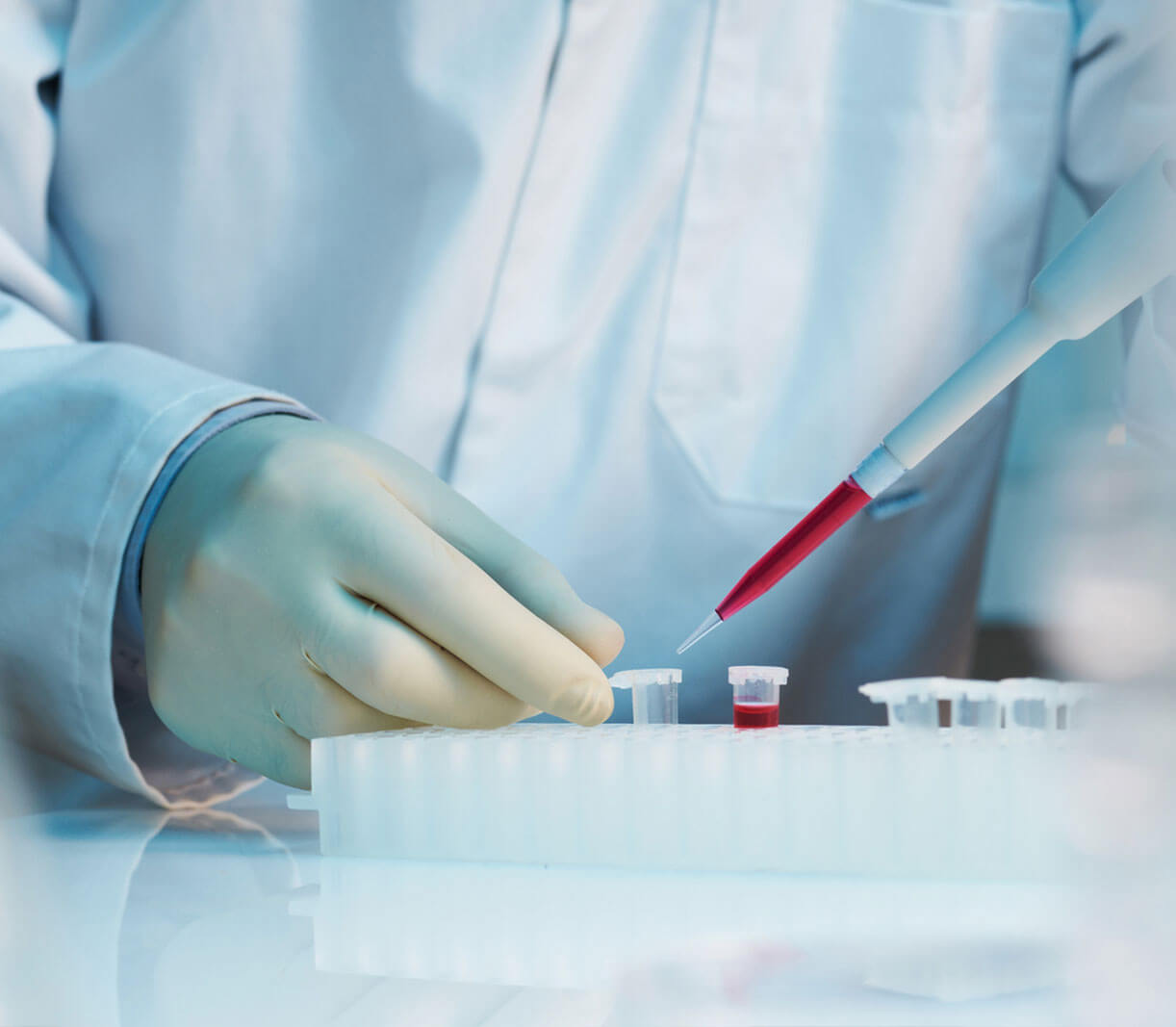The possibility of using stem cells to treat a wide variety of diseases represents today one of the most important tools made available to humans by medical-scientific research.
By contacting a private biobank such as the Bioscience Institute, it is possible to store the stem cells present in the cord blood for preventive purposes, in the event that the newborn is affected by one of the diseases treatable with these cells, or for allogeneic purposes to let them be used by a compatible family member.



